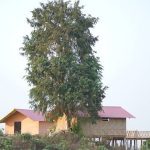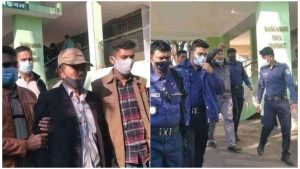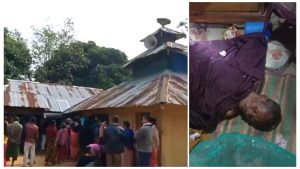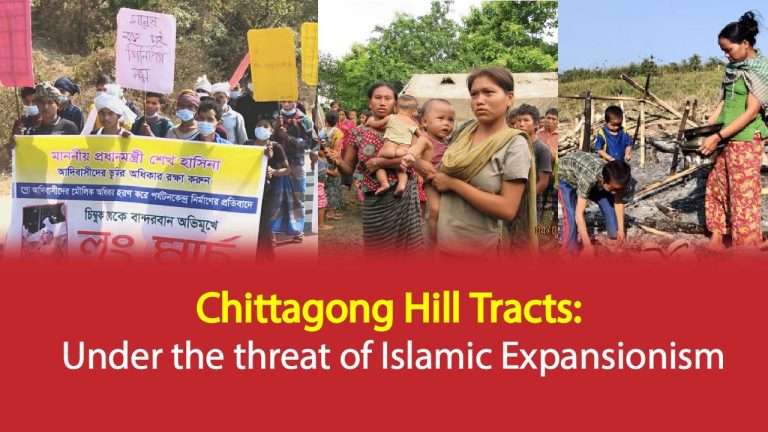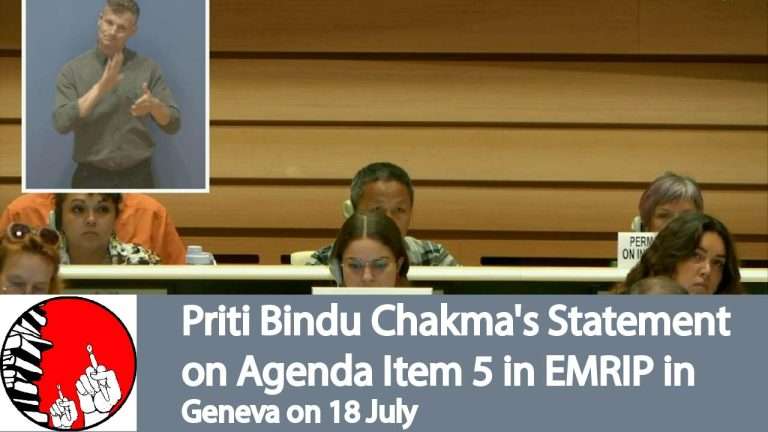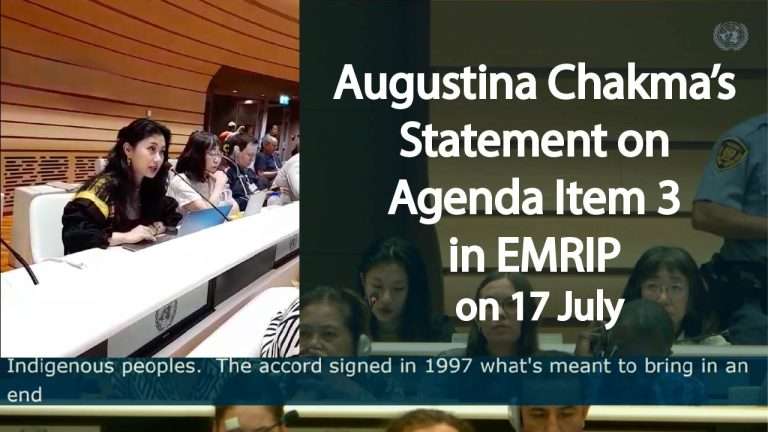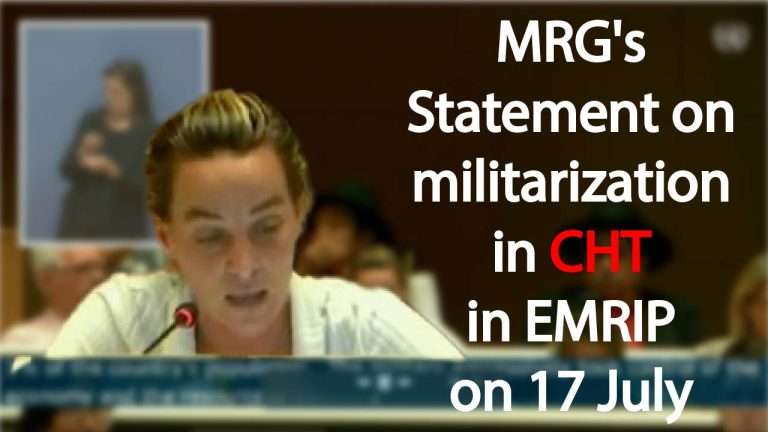Hill Voice, 26 January 2022, Chittagong Hill Tracts: 24 prominent citizens of the country have expressed concern over the deaths of children in the last two weeks due to pneumonia in three hill districts of Chittagong Hill Tracts (CHT) region of the country. They expressed this concern in a statement on Wednesday (26 January).
At least 15 children have died of pneumonia in Khagrachari, Rangamati and Bandarban districts of CHT, according to recent media reports. Whose age is between 1 month to 2 years. Such child deaths are not normal at all. The fact that the Ministry of Health has not taken visible action in such cases has deeply disappointed us. We are concerned.
the deaths of children proved that the people living in the mountains only grew up in human form.
Questioning “How many children will die, the state will be worried and shaken?”, they further said that the incidents of child deaths proved that the people living in the hills only grew up in human form – otherwise the state apparatus would remain silent even after the death of 15 children, they expressed concern. Besides, there have been many projects in the name of development in the hills but these projects are the center of leisure of some people, they mention.
In the death of so many we see a hollow state structure. As a result, we can understand the widening gap between hills and plains. But there was talk that there would be no discrimination anywhere in Bangladesh of 56 thousand square miles. The level of this inequality has been clearly manifested during the golden jubilee of the war of liberation. Inequality is not over yet. Politics, economics are all makers of this inequality.
We know that not only the inadequacy of service materials, but also the negligence of the service providers is responsible for so many deaths. Neither the health department nor the ministry has taken any action in the last two weeks. The civic group also said that the fragility of the health sector that we have seen during the transmission of Covid-19 was no longer a cover-up.
Demanding an investigation into the deaths from pneumonia, they said the cause of so many deaths needed to be ascertained. It is unbelievable that children have died because they could not get better services due to financial instability alone. Moreover, such deaths are unacceptable when the prevalence of pneumonia is very high among children of this age and conventional health care system is in place.
The eminent citizens make the following three demands: 1) Immediately find out the social, economic and cultural implications behind the death of the children; 2) whether the hospitals had adequate equipment and if not why not; And 3) the incident should be investigated through a parliamentary committee.
The eminent citisens were Oikya NAP President Pankaj Bhattacharya, former caretaker government adviser Advocate Sultana Kamal, presidium member of Sammilita Samenduamajik Andolon Ramendu Majumder, trustee of the Liberation War Museum Dr. Sarwar Ali, President of the Bangladesh Mahila Parishad Dr. Fouzia Moslem, Member Secretary of the Anti-Communalism and Militancy Forum Nur Mohammad Talukder, President of Bangladesh Krishak Samiti SMA Sabur, Former President of BMA Dr. Rashid-e-Mahbub, Human Rights Activist Khushi Kabir, Development Activist Rokeya Kabir, Professor of Dhaka University M M Akash, Dhaka University Professor Robayet Ferdous, public health expert Lenin Chowdhury, General Secretary of Sammilita Samajik Andolan Saleh Ahmed, Advocate of Bangladesh Supreme Court Parvez Hashem, General Secretary of Building Construction Workers Union Bangladesh (Insab) Abdur Razzak, Acting President of Jatiya Sramik Jote Abdul Waheed, organiser of Gono Jagoron Manch Advocate Jibanananda Jayant Cultural Activist Dr. Selu Basit, cultural activist AK Azad, president of Uthon Cultural Organization Alok Dasgupta, information and publicity secretary of Bangladesh Adivasi Forum Dipayan Khisa, president of Bangladesh Chhatra Moitri Kazi Abdul Motaleb Jewel, and general secretary of Bangladesh Chhatra League (BCL) Goutam Shil et al.
